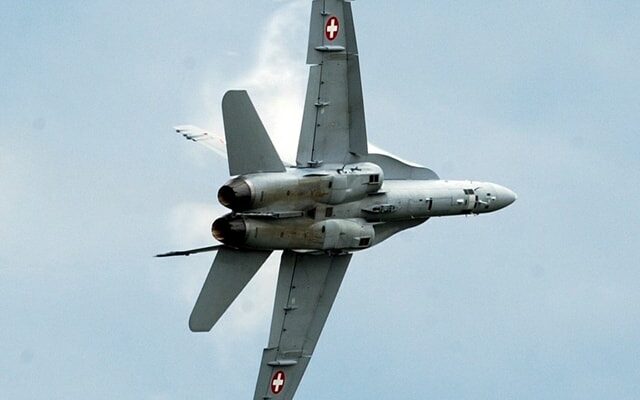Contents
The Swiss Air Force is allowed to use a section of motorway for training purposes. But how necessary is it all? The most important questions and answers about the military exercise.
What happened? The Swiss Air Force received special permission from the Federal Council on Wednesday to allow its fighter jets to take off and land on a short section of the A1 motorway in the canton of Vaud. The exercise will take place from June 4th to 6th, 2024. The route in question between Avenches and Payerne will be closed for a maximum of 36 hours.
Why is the Air Force practicing now? The security situation in Europe has changed massively since Russia’s war of aggression on Ukraine. The Air Force only has three airfields where all fighter jets are stationed. If these three airfields were attacked, the damage would be great, says Air Force Chief Peter Merz. Therefore, the Air Force must have more options.
Is the exercise useful? If Switzerland were in a war, it would be risky to distribute the entire aircraft fleet across three airfields, explains SRF aviation expert Michael Weinmann. In this case, the Air Force needs other runways to be able to move its aircraft. The problem: These are emergency runways that lack the necessary infrastructure. You now have to practice how you can convert such emergency runways into a temporary airfield. That’s why the exercise is understandable for Weinmann. Hansjörg Bürgi, who has been working as an aviation journalist for over 40 years, also thinks the project makes sense.
Why couldn’t we just artificially narrow airfields? SRF aviation expert Michael Weinmann points out that it’s not just about the pilots being able to land on the highway. The ground troops, who would have to create the infrastructure, are primarily trained. So it is mainly a logistical exercise.
How difficult is it to land on the highway? As editor-in-chief of the Swiss aviation magazine skynews.ch, aviation expert Bürgi has had several conversations with fighter jet pilots who have already landed on Swiss highways. “It’s like flying on the sidewalk,” they told him. It is a completely different challenge for the pilots, says Bürgi. However, the SRF aviation expert believes that military pilots could be expected to be able to land on a highway.
How easy is it to remove the guard rails? According to Air Force Chief Merz, the motorway section is built in such a way that the central barrier can be removed. The Air Force has already visited the relevant route together with the Astra, says Rolf Imoberdorf, head of the decentralization working group and head of the motorway exercise. His conclusion: “On the section where we tried it, it worked without any problems.” But there could be “surprises” along the entire length, Imoberdorf suspects.
What preparations are needed? According to Air Force Chief Merz, the removal of the guard rails and posts will be carried out by a force from the Payerne airfield command together with special specialist personnel from the Federal Roads Office (Astra). The troops would also have to clean the road because, according to Merz, the engines swallow the particles on the road like a vacuum cleaner. In addition, the roads would have to be secured all around, tankers and aircraft maintenance services would have to be supplied and air traffic control would have to be installed.
